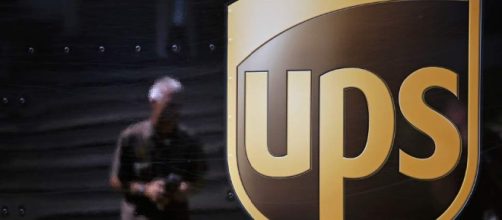Delivery by drone has been one of the hottest fields of study, development, and testing in the ever-expanding range of use for these nifty remote-controlled little unmanned aerial vehicles (UAV). Everyone from humanitarian NGO’s to major business chains like 7-Eleven to dedicated delivery companies have made one inroad or other towards employing drones wholesale to deliver little lightweight packages to their destinations. Among the many companies going all out in this direction is United Parcel Service (UPS) Inc., which sees a successful implementation of UAVs in their delivery services as just the appropriate cost-cutting measure they need, given the rising costs of sending off packages to customers of e-commerce.
Profit margin problems
This Tuesday, February 21 UPS broached to the public their considering of a price hike across the board in the future due to pressures on their profit margin, brought about by increasingly costly deliveries to e-commerce patrons. The long-running package delivery giant has seen their earnings be negatively affected by lower margins e-commerce parcels. Deliveries to individual home addresses are more expensive than business stops, which usually receive more packets. This is doubly so in out-of-the-way rural addresses which purchase products via e-commerce. This is where delivery drones come in.
A day earlier, Monday, February 20, UPS made their first significant test of drone delivery at the small community of Lithia, Florida.
It’s been theorized that drones can help reduce costs of UPS’ rural e-commerce shipments. In the test, a UPS (hybrid electric) delivery van simply plied along a set delivery route while packages meant for nearby rural addresses are loaded onto a delivery drone launching from the van’s roof to autonomously fly towards their intended destinations.
UPS industrial engineering VP John Dodero remarked that the test was an exploration of their company on the adoption of this new technology.
Global trade and trending changes
In an investor event, the following day UPS chief financial officer Richard Peretz said that their company was diligent about getting the right return for their services, and cites that automated and cheaper delivery by drone is just the answer their firm needs to offset the pressure on margins.
They’re also keeping an eye out on changes in Global Trade, an immediate point of focus being Mexico and how President Donald Trump’s vow to renegotiate the 1994 North American Free Trade Agreement (NAFTA) could impact their own business. Meanwhile, there’s yet no solid timetable one when UPS might put their drones into wider use, considering federal drone regulations are still at infancy.

